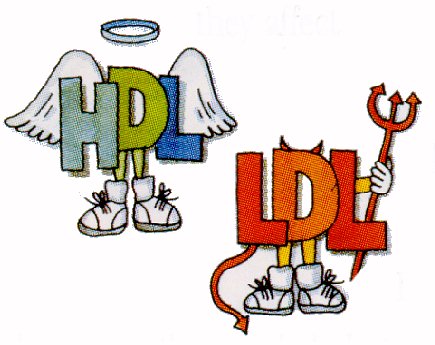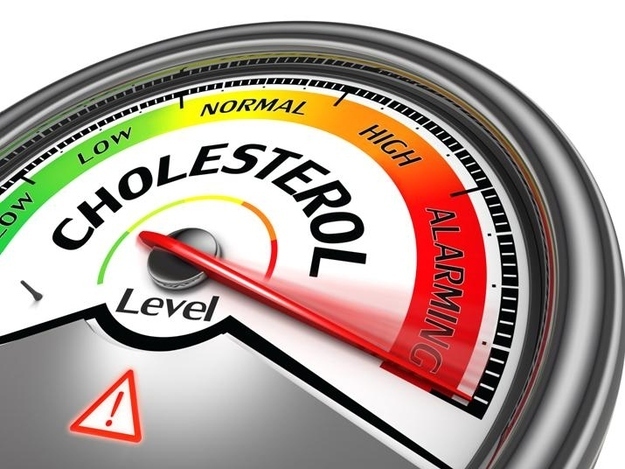LDL( Low density lipoprotein) and HDL( High density lipoprotein) are both lipoproteins that attach to Cholesterol and are carried through the bloodstream. They are both are produced in the liver and can be found in many different foods. LDL is considered bad cholesterol because having too much of it causes the development of plaque in the arteries, which can result in high blood pressure, heart disease, a heart attack,or a stroke. HDL on the other hand is considered the good cholesterol because it helps remove LDL from the arteries. Experts believe that HDL carries LDL back to the liver from the arteries, and when it gets there it is broken down and removed from the body.
References: Good vs. Bad Cholesterol. N.p., n.d. Web. 21 Apr. 2017.


